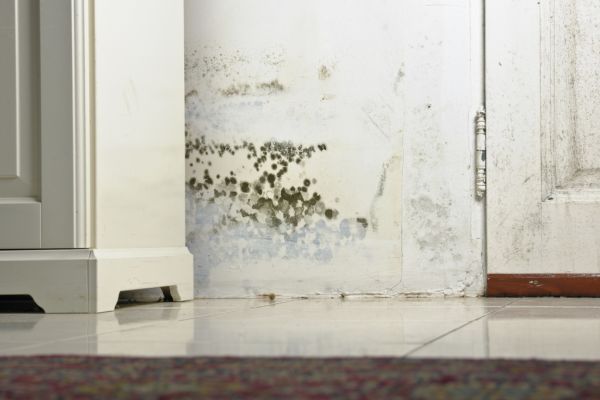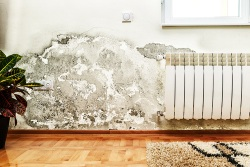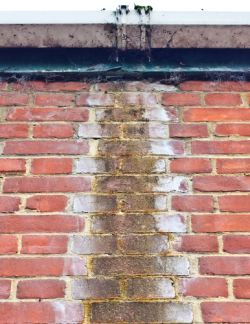Damp typically occurs on walls, floors, doors and windows, and also within pipes, plumbing, ceilings and roofs.
Damp can cause secondary damage to property, which can lead to paint and wallpaper peeling, as well as loose plaster. Mortar is liable to crumble as a result of damp, while steel and iron fasteners can rust.
Here are a few tips on how to identify and treat a damp problem.
How can I tell if I have a damp problem?
Once damp has become a problem in your home, you may begin to notice the following physical defects.
- Mould and wet stains on skirting boards
- Decayed or rotting timber
- Crumbling plaster
- Peeling, bubbling or flaking paint
- Discolouration, mould growth and staining on walls
- Salt stains and salt deposit build-up
Is damp a risk to my health?
Damp is often the perfect breeding ground for a variety of moulds and fungi. Spores, airborne mould concentrations and bacteria can be inhaled by humans, which can cause serious respiratory illnesses and other health problems.
What is rising damp?
Rising damp is the slow, upward spread of moisture within the lower sections of walls and other ground supported structures, and can be identified by a characteristic ‘tide mark’ along the lower portions of the wall, as well as crumbling plaster and peeling or blistering paint.
What is lateral or penetrating damp?
Lateral or penetrating damp is caused by water leaking through your walls, and is often the result of structural problems such as faulty guttering, roofing, flashing and cracks in the walls.
Rising damp may cause damp proofing problems on inside walls, which will likely include…
- Paint not adhering to the wall
- Wallpaper lifts and stains appear on the walls
- Plaster flakes away, feels soft, spongy and bubbles, and white powder or crystals appear
- Skirting boards and floorboards rot.
Damp proofing problems on outside walls include…
- Mortar fretting and falling out between bricks and stonework
- Stains or white powder appears on the walls
How can damp be prevented?
Regular maintenance and good ventilation are both key to preventing damp in your home. Be sure to check your roof regularly for holes in roof sheeting or missing tiles. Also clean gutters and check for structural damage such as cracks regularly. Keep windows open as much as possible or check that ventilation and air-conditioning systems are working as they should.
Can serious damage from damp be repaired?
Yes. A specialist waterproofing and damp proofing company is able to provide professional, long lasting damp repair solutions. Based on an assessment of your property, which should be conducted by highly trained, knowledgeable and experienced technicians, they provide a professional damp assessment to identify the damp repair and maintenance work that will be required.
Ready to start the repairs? Contact Dampstar today to get a free quote.





